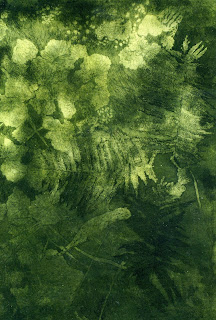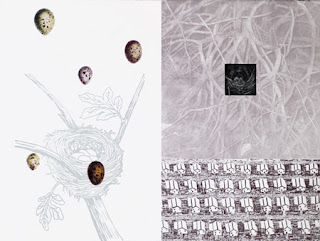Things are pretty quiet around here culture-wise, given the lack of college students (and perhaps the long-awaited onset of winter weather). So perhaps I can be forgiven for my lack of posting. But I have been thinking about art-criticism in the abstract, raising some questions that ought to be of practical relevance to my own activity as a semi-serious art-critic and blogger. So I’d like to initiate a series of posts on the subject.
A while back, I had a brief exchange with Franklin of Artblog.net, who announced that he was quitting art-criticism, in large part because of its perceived incompatibility with being an artist. As he wrote, “They’re contradictory exercises, professionally and temperamentally.” In response to my request for clarification, he responded:
Petty hatreds and unjustifiable loves that are unbecoming in a critic are a necessary part of an artist’s inclinations. I’ll continue to criticize to the extent that it helps me think about art, but I am stepping out of the role of capital-C Critic, and the title’s implications of fair-mindedness and responsibility. I relinquish efforts to make my writing strive for either. As a critic, that wouldn’t be right. As an artist, it’s fine.
This seems like a reasonable position and it appears to be widespread conventional wisdom. Yet I had some reservations, and so I responded:
I think they’re unbecoming if you put them up front and in the center. Indeed, a Critic should strive to be open-minded and go beyond idiosyncratic likes and dislikes. But it also seems disingenuous to me to pretend that criticism is a wholly neutral, disinterested affair. The critic is a judge, but also somebody who takes genuine pleasure (or displeasure) in artworks, just like anybody else. So it seems like there should be a middle ground, a way of letting two voices speak.
I have little to add to this impromptu “theory” at the moment, but I would like to illustrate what I take to be the difference between an enthusiastic review and a cool-headed, dispassionate one. For the former category, I’ll submit for your attention this piece I wrote about Boston painter (and former teacher of mine) Gerry Bergstein. For the latter, here is a piece I wrote about recently deceased Ithaca painter John Hartell. Both are nominally “positive” reviews, with regards to most of the work, if not to certain curatorial decisions. Both contain level-headed analysis and interpretation. But I think something of my differing enthusiasms comes through in the writing.
As one of only a handful of local individuals writing criticism of the visual arts, I believe that it is my ethical responsibility to cover as wide a variety of subjects as I am competent to cover. (In my newspaper writing, not so much in my blogging.) And I believe that it is important to be fair and balanced in doing so. But to try and repress my “petty hatreds and unjustifiable loves” entirely suggests to me an alienated approach to arts, one foreign not just to most artists, but to most amateur enthusiasts. Actually, I am willing to repress the hatreds; the loves however should be allowed to bubble to the surface once in a while. At least that’s the idea.

